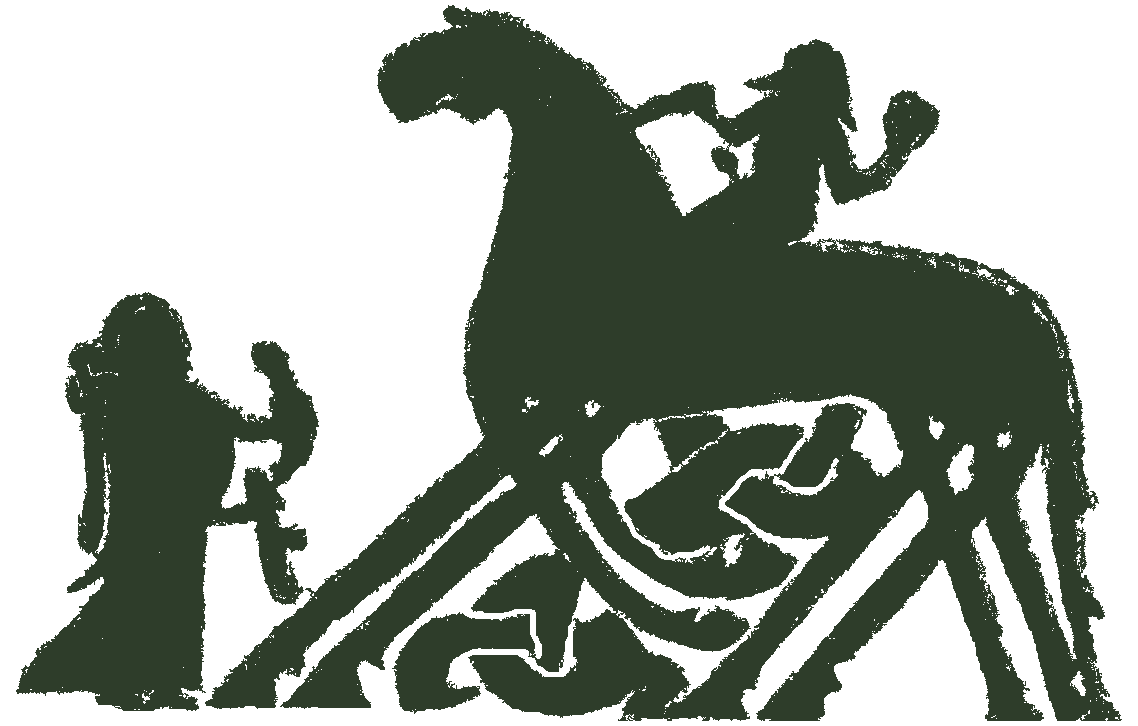in progress
Mentions of the realm of death, Niflhel.
text
Gylf ch. 3b
3b. Niflhel
Þá mælir Jafnhár: "Hann smíða... | Then spoke Just-as-high: 'He ... |
[status: unverified copy]
Gylf ch. 42d
42d. Niflhel
En er æsirnir sá það til víss... | But when the æsir saw for cer... |
[status: unverified copy]
commentary
context
Gylfaginning, which is part of Snorra Edda, was composed in Iceland in the 13th century, and holds the stories of many of the Pre-Christian myths of northern Europe. It is believed to have been composed by the Icelander Snorri Sturlusson. Snorra Edda consists of three separate parts, Gylfaginning, Skaldskápamál and Háttatal, all functioning together as a greater work and guide for the aspiring medieval poet and storyteller.
commentary
Niflhel (EN: the dark of Hel), a part of Hel, the underworld. Niflhel most likely builds on an amplification of a realm of death and punishment brought in by Snorri as a parallel to Christian ideas of Hell. It is described by Snorri as the deepest and darkest of the nine worlds (Gylfaginning 2). In Vafþrúðnismál 43 it is described as the place where the people from Hel dies, as hel is understood as a resting place of shadows, not necessarily of death and punishment.
Simek, R. (2007), Transl: Angela Hall. Dictionary of Northern Mythology. Cambridge: D.S. Brewer. pp. 232
Steinsland, G. (2005), Norrøn Religion. Myter, Riter, Samfunn. Oslo: Pax Forlag. pp 347-348
(Contributed by Liv Marit Aurdal.)
tags
Main text: Gylfaginning
Attributes: Death Hell (Christian) Cosmology
Named things:
Text sections: SnSt, Gylf ch. 3b SnSt, Gylf ch. 42d
